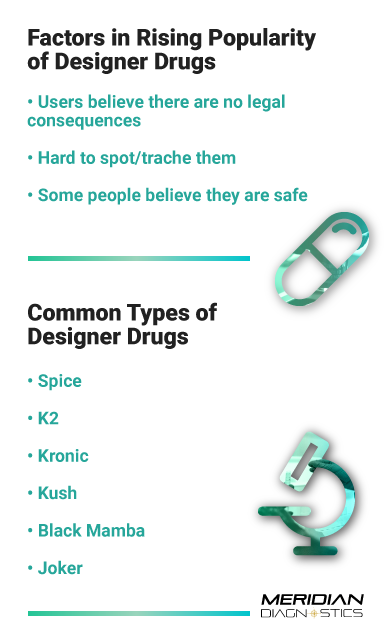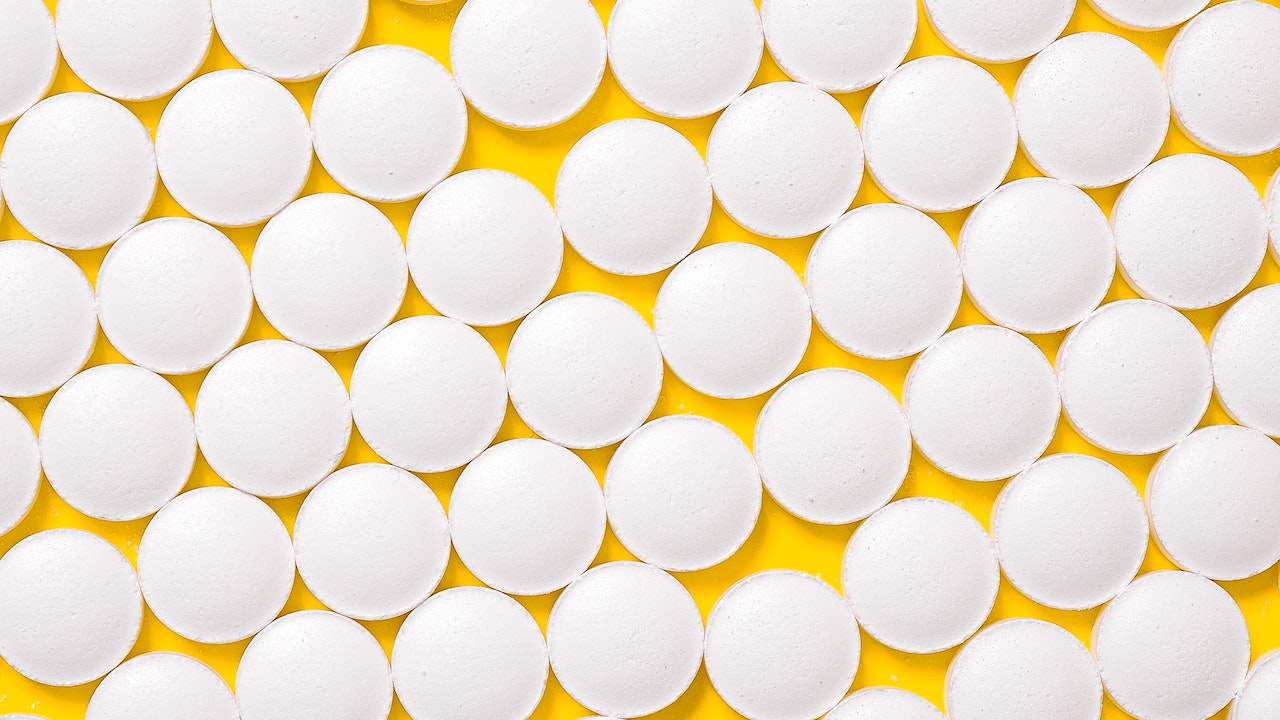What’s Behind The Rise In Designer Drug Use?
Designer drugs are on the rise. These drugs, also known as synthetic drugs, research chemicals, or research drugs, pose a significant risk to those that use them because they are designed and manufactured to act like illicit drugs. What makes them a higher risk is that they can be purchased legally – at least for a short time. Because they are easily accessible and their effects are often profound, these drugs are often sought after by many people struggling with drug addiction and dependence.
How Designer Drugs Become So Accessible
 In the U.S. The Drug Enforcement Administration (DEA) works to regulate access to controlled substances. This includes both over-the-counter medications and prescription drugs. It also includes illicit drugs, those classified as being dangerous for use. The organization prevents the sale, distribution, and consumption of these drugs.
In the U.S. The Drug Enforcement Administration (DEA) works to regulate access to controlled substances. This includes both over-the-counter medications and prescription drugs. It also includes illicit drugs, those classified as being dangerous for use. The organization prevents the sale, distribution, and consumption of these drugs.
Even though these laws exist, there are companies that manufacture designer drugs. These are drugs that are designed to provide the same effects as those drugs banned in the U.S. What makes them accessible is that it takes time for these drugs to become recognized in the U.S. and used enough to become abusive. The DEA classifies these drugs based on their potential for creating dependence. But, because they are new drugs, they must be proven to be structurally or pharmacologically similar to drugs that already exist.
Manufacturers of these drugs work to get around DEA rules. They may make these drugs and sell them as herbal substances. Herbal products are not regulated in the same way as illicit substances. There is often no oversight into these products are placed on the market. The result is that they are sold to the public, often online or through local herbal shops, and people buy and use them.
Once the DEA learns of them and follows the necessary steps to do so, these drugs may later be classified as illicit substances. In the meantime, people find and use them.
Why Are More People Using Designer Drugs?
Factors in rising popularity of designer drugs. There are numerous mistaken beliefs about designer drugs. Studies indicate that people use these drugs because they are marketed heavily online, and many don’t realize there are dangerous with them. There are several key concerns:
No legal consequences. One of the biggest factors in why people use them is because they are accessible. And, they are accessible because there are no real legal consequences for using them. That makes them highly desirable, especially when they create the same effects as some illicit drugs.
It’s hard to spot them. Many of the drug screening tests that employers and others use are not designed to pick up on the presence of these drugs. They are chemically different than illicit drugs, and that can often lead to tests that come back clean even though a person may be using these substances. For those with a substance abuse disorder, this may allow them to continue to use substances without facing negative consequences.
Some people believe they are safe. Since many of these products are not specifically banned by the DEA or other organizations, people believe they are, in fact, safe to use. Some believe they are safe to use in comparison to illicit drugs.
Rhyan Walcott, Chief Executive Officer of Meridian Diagnostics says that “the toxicology laboratory landscape is seeing a new shift in the demand for designer and synthetic drug confirmations. A few years ago, typical drugs of abuse, opioid, and opiate testing dominated the work many tox labs were receiving. Although these tests are still very much prevalent, the rise in requests for various designer drugs to be added to toxicology panels at labs throughout the United States hasn’t gone unnoticed.”
Could these drugs create “legal highs?” If so, they are going to be more sought out by those who are looking for a way to mimic an experience they’ve had before or those looking to try something new.
What Are Some Types Of Designer Drugs?
Common types of designer drugsDesigner drugs are always changing. New products are often being designed in labs around the world to be sold to people in the U.S. There are several specific types of designer drugs that may be commonly found. That includes synthetic cannabinoids, synthetic cathinone designer hallucinogens, and other substances such as opiates and ketamine substitutes.
Some of the most significant and popular types of designer drugs are synthetic cannabinoids. These are designed to create the same type of high as a person may receive when using marijuana. Some of the most common street names for these drugs include:
- Spice
- K2
- Kronic
- Kush
- Black Mamba
- Joker
One factor to keep in mind about these drugs is their potency. Every batch of them may be different, however, most synthetic products are more potent than the illicit drugs themselves. This may allow them to create a much more impactful high. It may also lead to addiction development at a faster rate.
Synthetic cathinones are another popular option. These are sometimes called Cloud Nine, Vanilla Sky, or Ivory Wave. They are drugs often called bath salts because they are often sold in packaging that limits reach by drug control laws. Some are even sold as jewelry cleaners or plant food. These substances carry a high risk of addiction and may have a significant impact on overall health when used.
Finally, consider designer hallucinogens, which often change a person’s perception of time and ability to think clearly. These drugs are sometimes sold by names like ABDF, Fly, Spamfly, Placid, and DOB-Dragonfly. They, too, are highly dangerous because of the intense high they can create. The ingredients within these drugs change often, which means most people don’t know what they are taking.


